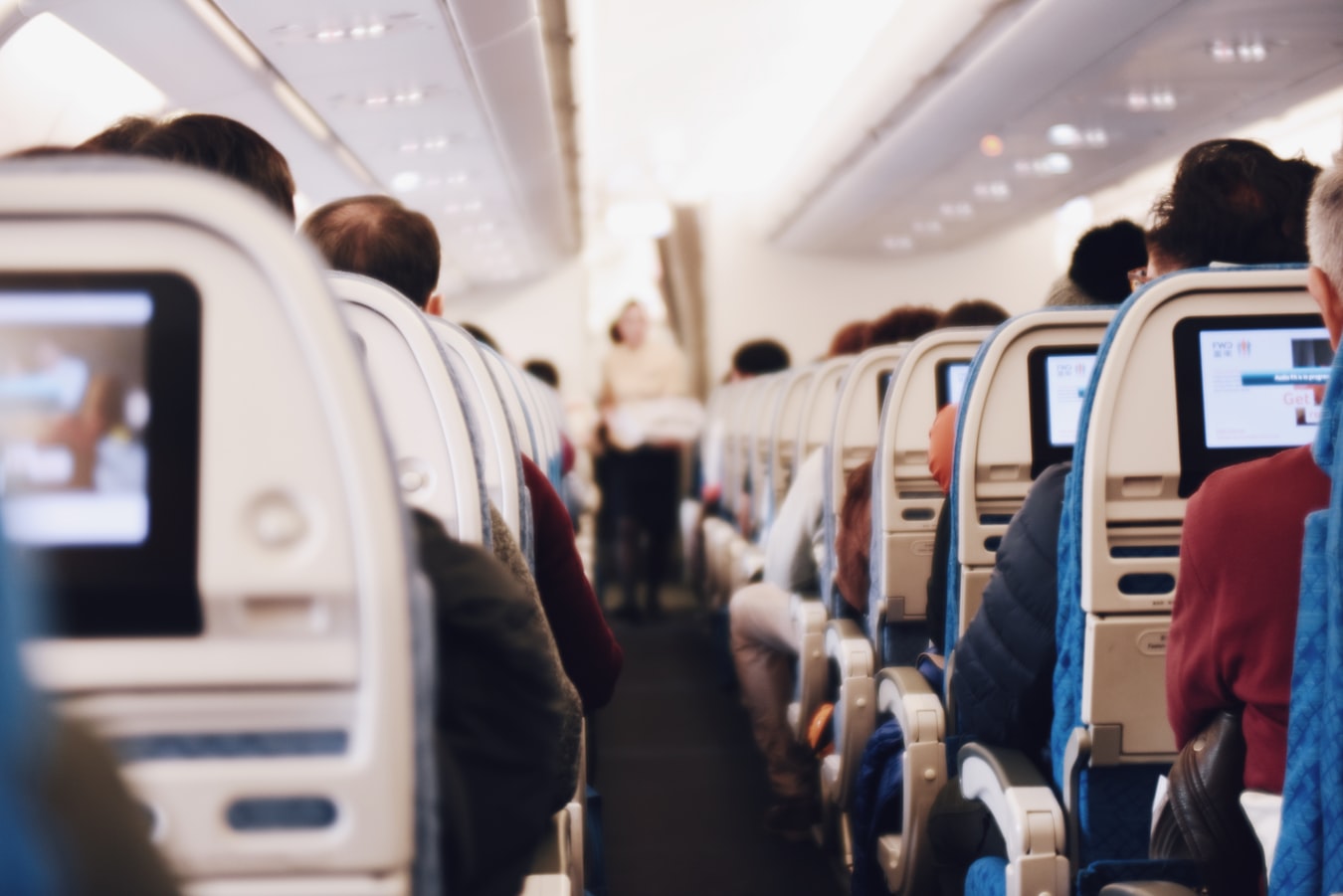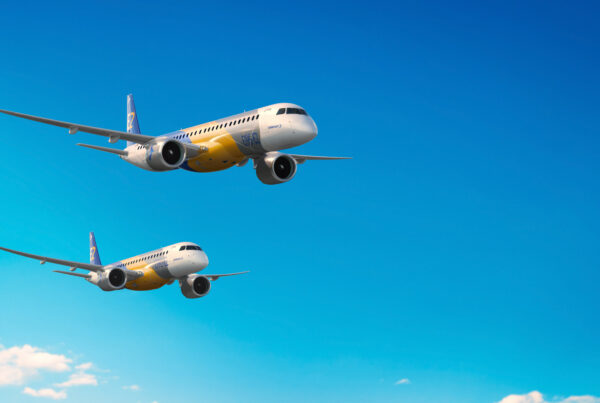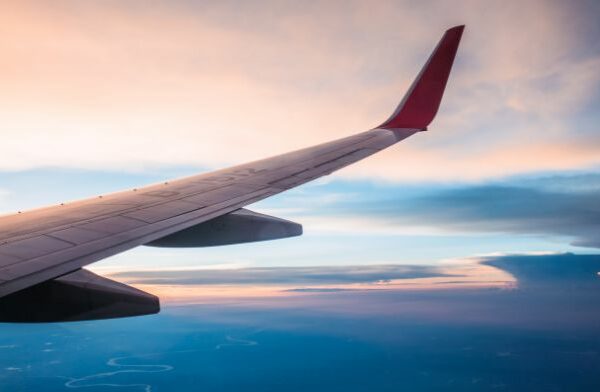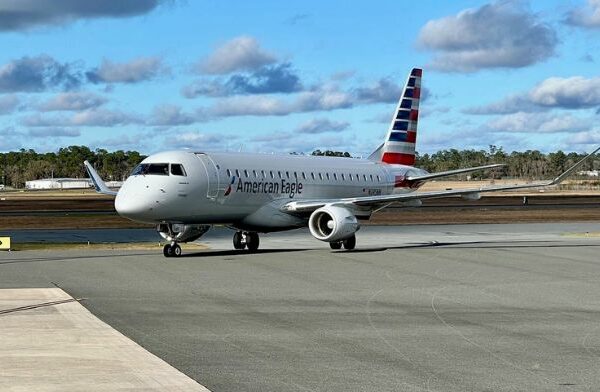As supermarkets, shops and other businesses slowly begin to reopen under a host of new social distancing guidelines following the relaxation of COVID-19 policies, regional airlines and LCCs across the US and Europe are also now facing with a similar fine balancing act. Without the luxury of space or more than one aisle for customers to wander about in a carefully choreographed clockwise direction, LCCs and regional airlines are having to balance social distancing while still trying to generate a profit and maintain a workable cabin.
As airlines struggled to cope with the dramatic fall in passenger demand for flights earlier in the year, crews were furloughed, and aircraft grounded. Now, weeks after the peak of the crisis has passed, airlines in the US are having to cobble together their own rules from guidelines issued by the various states, which were described as ‘patchy’ at best.
In recent days, a succession of images posted by passengers on their Twitter accounts showing aircraft cabins completely full, with very little opportunity for social distancing, have caused much comment on social media channels.
The operators have responded to these images, with American Airlines stating that: “Our goal is to leave 50% of the main cabin middle seats open, when possible, creating more space for customers.”
Similarly, in response to the numerous social media posts, Delta Air Lines published a statement saying it would extend its social distancing measures on all flights until at least the end of September. The airline intends to block the middle seats and cap the number of passengers allowed per cabin.
For many people concerned by the images, Delta’s approach is seen as a welcome gesture, but perhaps these measures were best summed up by Scott Kirby, United Airlines’ CEO, who according to aviation website The Points Guy stated: “You can’t be six feet apart on an airplane, middle seat or not.”
In what is becoming an all too familiar response, the airline replied by saying it will notify passengers if their flight is more than 70% full and allow them to rebook or receive a credit.
As the US struggles to achieve a workable standardised plan, Europe’s carriers, although now back in the air, or preparing to do so imminently, are facing similar dilemmas.
Perhaps rather than simply trying to create extra space in the cabin, when for all purposes there isn’t any extra room, the best policy would be to check passengers for signs of illness with the thermal technology, that has already been developed for the crisis, prior to boarding in the terminal, when at least the two-metre rule can be achieved. A few minutes delay boarding, might well avoid confusion and conflict once safely seated, no matter where the destination.










